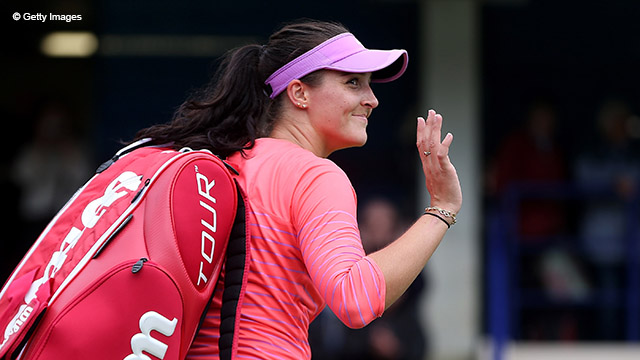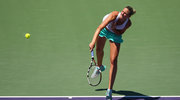FedEx Performance Zone: Best By Surface
FedEx Performance Zone: Best By Surface
Look at how players fared by surface using the FedEx ATP Win/Loss Index
The ability to quickly adjust to different surfaces and conditions is a neccessity on the 62-tournament circuit. Here’s a look at some of the best performers in 2015 by surface this year:
Clay Courts (minimum 10 tie-breaks)
With victory at Munich in May, Andy Murray became the first British player to capture a clay-court title since Buster Mottram at 1976 Palma. He went on to beat Rafael Nadal for the first time on red dirt to clinch his 10th ATP World Tour Masters 1000 crown at Madrid. Novak Djokovic’s only loss came to Stan Wawrinka in a four-set Roland Garros final.
|
Player
|
W-L Record
|
Winning %
|
|
Andy Murray
|
17-1
|
.944
|
|
Novak Djokovic
|
16-1
|
.941
|
|
Kei Nishikori
|
15-3
|
.833
|
|
Rafael Nadal
|
26-6
|
.813
|
|
David Ferrer
|
19-5
|
.792
|
Hard Courts (minimum 10 matches)
Djokovic put together 11 and 16-match winning streaks on hard courts in 2015, contesting 11 finals on the surface (8-3). He lost three times to Roger Federer at Dubai, ATP World Tour Masters 1000 Cincinnati and in the round robin stage at the Barclays ATP World Tour Finals. Federer went 4-3 in hard-court title matches.
|
Player
|
W-L Record
|
Winning %
|
|
Novak Djokovic
|
59-5
|
.922
|
|
Roger Federer
|
39-6
|
.867
|
|
David Ferrer
|
36-10
|
.783
|
|
Andy Murray
|
42-12
|
.778
|
|
Stan Wawrinka
|
37-12
|
.755
|
Grass Courts (minimum 5 matches)
Djokovic dropped three sets – two to Kevin Anderson in the fourth round and one to Federer in the final – en route to his third Wimbledon title, which equalled the record of his coach, Boris Becker (1985-86, ’89). He is now 14 matches unbeaten on grass courts. Rajeev Ram was also unbeaten on lawns, picking up the Newport crown (d. Karlovic).
|
Player
|
W-L Record
|
Winning %
|
|
Novak Djokovic
|
7-0
|
1.000
|
|
Rajeev Ram
|
5-0
|
1.000
|
|
Andy Murray
|
12-1
|
.923
|
|
Roger Federer
|
11-1
|
.917
|
|
Nicolas Mahut
|
6-1
|
.857
|
Outdoors (minimum 10 matches)
Nine of Djokovic’s 11 titles in 2015 came outdoors, with a 28-match winning streak from early March to his Roland Garros final loss to Stan Wawrinka. Murray improved on his 2014 hard-court tally (45-16, .738) to finish year-end No. 2 in the Emirates ATP Rankings for the first time.
|
Player
|
W-L Record
|
Winning %
|
|
Novak Djokovic
|
72-5
|
.935
|
|
Andy Murray
|
58-10
|
.853
|
|
Roger Federer
|
51-9
|
.850
|
|
Kei Nishikori
|
46-13
|
.780
|
|
David Ferrer
|
41-12
|
.774
|
Indoors (minimum 10 matches)
Djokovic captured his 26th ATP World Tour Masters 1000 trophy – one behind all-time leader Rafael Nadal – at Paris, before going on to lift his fifth title at the Barclays ATP World Tour Finals in London. Federer added a seventh Basel crown in his 12th hometown final.
|
Player
|
W-L Record
|
Winning %
|
|
Novak Djokovic
|
10-1
|
.909
|
|
Roger Federer
|
12-2
|
.857
|
|
Richard Gasquet
|
11-3
|
.786
|
|
David Ferrer
|
14-4
|
.778
|
|
Rafael Nadal
|
10-3
|
.769
|








